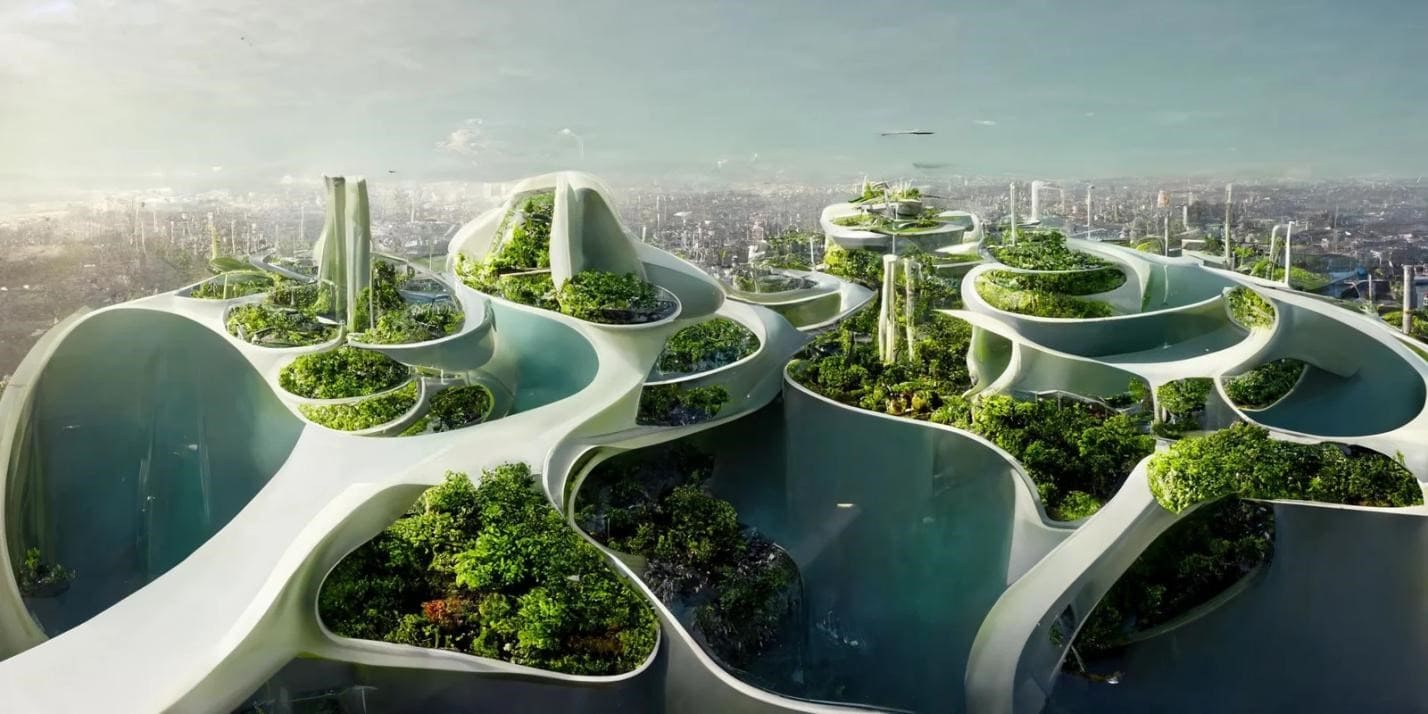Introduction
As the world grapples with climate change and environmental degradation, the search for sustainable building solutions has gained momentum. Adobe style architecture, with its roots in ancient construction practices, offers a viable pathway toward sustainable building. Known for its use of natural materials and energy-efficient design, adobe architecture not only preserves cultural heritage but also aligns with modern sustainability goals.
Historical Background
Adobe architecture has a long history, with origins dating back thousands of years. This construction technique, primarily using earth mixed with water and organic materials like straw, was prevalent in arid regions due to its excellent thermal properties. Ancient civilizations in the Middle East, Africa, and the Americas utilized adobe to build homes, fortifications, and religious structures. The use of locally sourced materials and simple building methods made adobe an accessible and sustainable choice for communities worldwide.
Characteristics of Adobe Architecture
Natural Materials
Adobe bricks are made from a mixture of earth, water, and organic materials, which are then shaped into bricks and dried in the sun. This reliance on natural, locally available materials reduces the carbon footprint associated with transporting and manufacturing conventional building materials.
Energy Efficiency
Adobe buildings are known for their thermal mass, which helps regulate indoor temperatures by absorbing heat during the day and releasing it at night. This natural temperature regulation reduces the need for artificial heating and cooling, leading to significant energy savings.
Aesthetic Appeal
Adobe architecture is renowned for its aesthetic charm, characterized by smooth, curved walls, natural earthy tones, and an organic feel that blends seamlessly with the surrounding landscape. This architectural style often incorporates elements of local culture and craftsmanship, adding unique value to each structure.
Benefits of Adobe Architecture in Modern Times
Environmental Sustainability
Adobe construction significantly reduces the environmental impact of building activities. By utilizing local materials and minimizing energy consumption, adobe buildings contribute to a reduction in greenhouse gas emissions and resource depletion. The biodegradable nature of adobe bricks also ensures minimal waste generation.
Economic Viability
Adobe construction is often more cost-effective than conventional building methods. The use of locally sourced materials reduces transportation costs, while the simplicity of adobe construction techniques can lower labor expenses. Additionally, the energy efficiency of adobe buildings results in reduced utility bills over time.
Resilience and Durability
Adobe structures have demonstrated resilience in the face of extreme weather conditions, including earthquakes and high temperatures. The inherent flexibility of adobe materials allows these buildings to withstand natural forces without significant damage, making them a reliable choice for disaster-prone areas.
Challenges and Innovations
While adobe architecture offers numerous benefits, it also faces challenges, such as susceptibility to water damage and erosion. Modern innovations in adobe construction have addressed these issues through the use of stabilizers, improved brick-making techniques, and protective coatings. Additionally, architects and builders are integrating contemporary design principles to enhance the functionality and aesthetics of adobe structures, making them more appealing to modern homeowners and businesses.
Conclusion
Adobe style architecture represents a harmonious blend of traditional building practices and modern sustainability principles. Its reliance on natural materials, energy-efficient design, and resilience in the face of environmental challenges make it an ideal choice for sustainable construction. As we strive for a greener future, embracing adobe architecture can help reduce our carbon footprint, preserve cultural heritage, and promote economic viability. By looking to the past, we can build a more sustainable and environmentally conscious future.

